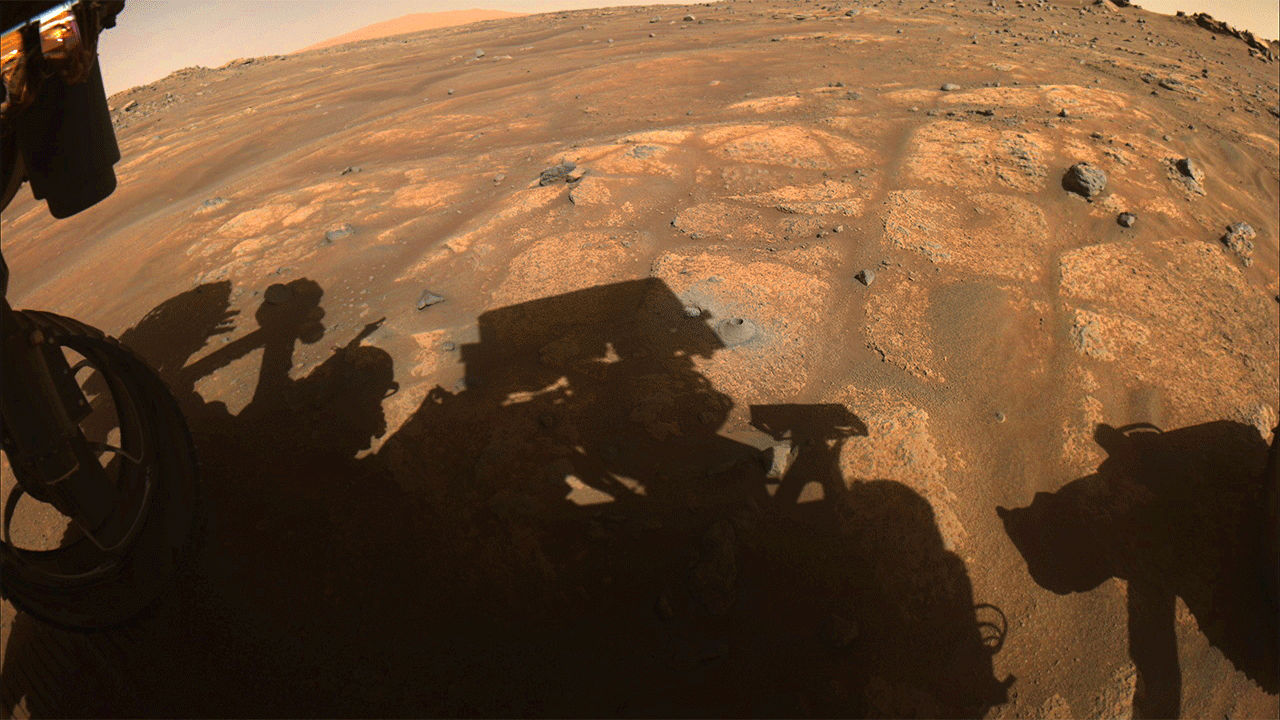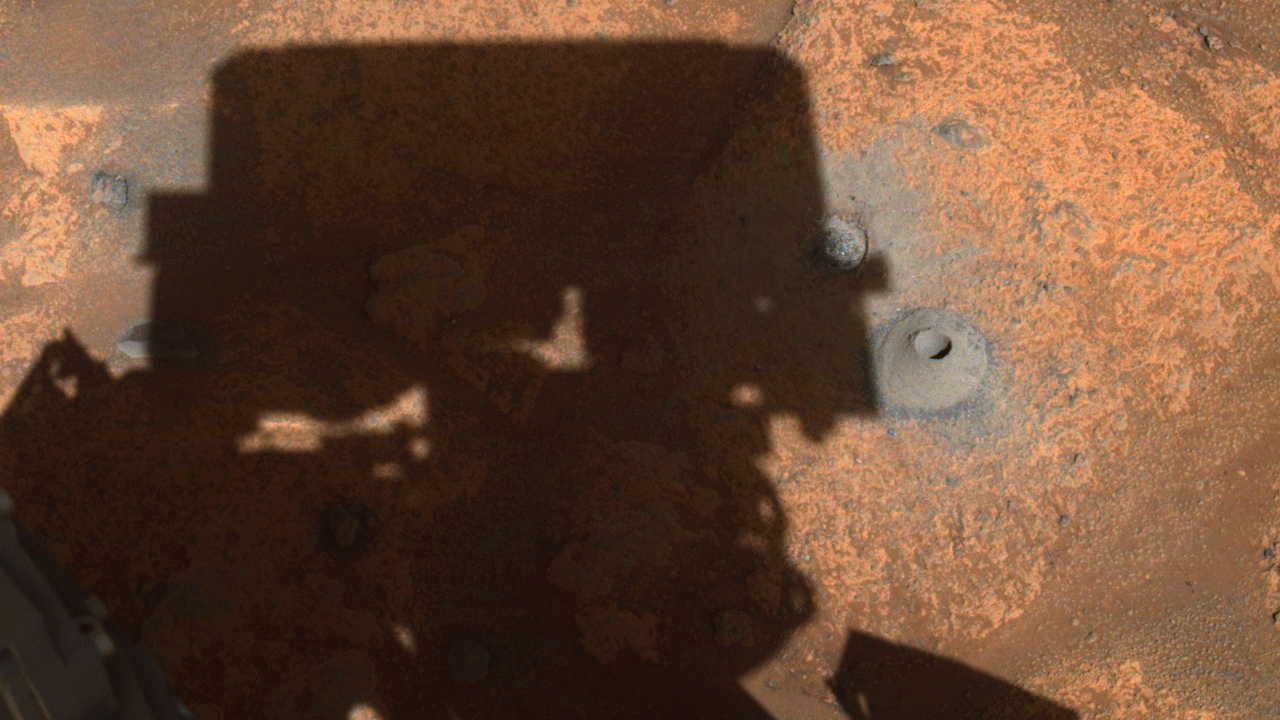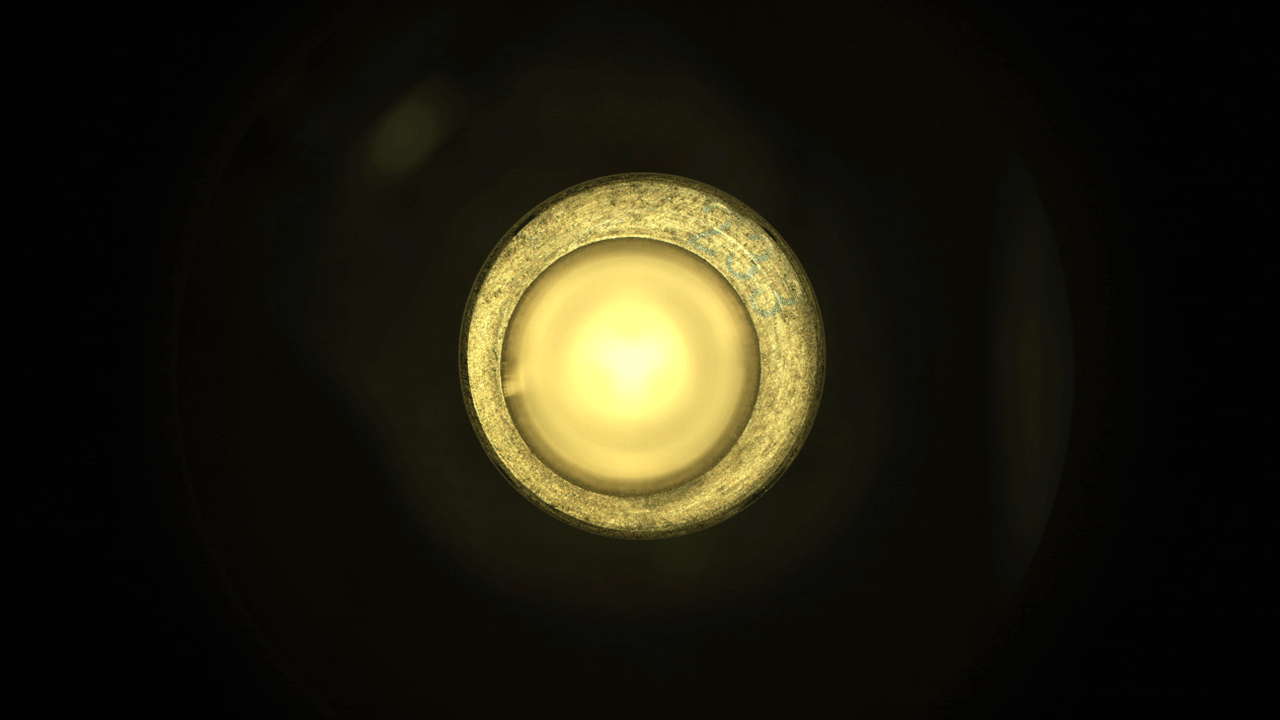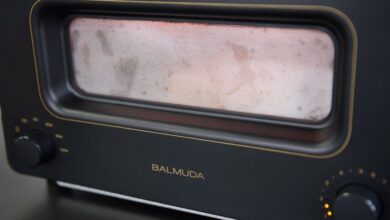NASA’s Perseverance Mars rover runs into puzzling sampling conundrum

[ad_1]
NASA’s Perseverance Mars rover has stumbled into an issue during its first sampling attempt.
NASA’S PERSEVERANCE MARS ROVER READIES TO BEGIN SAMPLING PROCESS
“#SamplingMars is one of my most complicated tasks. Early pics and data show a successful drill hole, but no sample in the tube–something we’ve never seen in testing on Earth,” the rover’s Twitter account announced on Friday. “Mars keeps surprising us. We’re working through this new challenge.”
In a release from the agency, the Southern California-based Jet Propulsion Laboratory (JPL) which leads the mission wrote that data sent back to Earth after Perseverance’s first rock sampling attempt indicated “no rock was collected.”
The 2,260-pound rover carries 43 titanium sample tubes in its mission to search for interesting rocks and sediment – potentially leading to signs of ancient microbial life on the red planet – and is exploring Jezero Crater: the region where it first landed in February.
“While this is not the ‘hole-in-one’ we hoped for, there is always risk with breaking new ground,” Thomas Zurbuchen, associate administrator of NASA’s Science Mission Directorate in Washington, D.C., said in a statement. “I’m confident we have the right team working this, and we will persevere toward a solution to ensure future success.”
JPL notes that Perseverance’s Sampling and Caching System uses a “hollow coring bit and a percussive drill” at the end of its long robotic arm to extract the samples.
The drill and bit were engaged as planned during its first attempt and the sample tube was processed as was intended.

Perseverance’s Navigation Camera Image of First Borehole: The drill hole from Perseverance’s first sample-collection attempt can be seen, along with the shadow of the rover, in this image taken by one of the rover’s navigation cameras.
(Credits: NASA/JPL-Caltech)
“One of the steps that occurs after placing a probe into the collection tube is to measure the volume of the sample,” Perseverance surface mission manager Jessica Samuels explained further. “The probe did not encounter the expected resistance that would be there if a sample were inside the tube.”
The Perseverance team is working to create a response team to analyze the data, including snapping close-up shots of the borehole with the robotic arm’s WATSON (Wide Angle Topographic Sensor for Operations and eNgineering) camera.
NASA SEISMOLOGISTS IMAGE THE INTERIOR OF ANOTHER PLANET FOR THE FIRST TIME
The rover is looking at two units in the area containing the crater’s “deepest and most ancient layers of exposed bedrock,” named the “Crater Floor Fractured Rough” and “Séítah.”
While the “Crater Floor Fractured Rough” is on the crater’s floor, “Séítah” has ridges, layered rocks and sand dunes.

Perseverance Sample Tube No. 233: This image taken by NASA’s Perseverance rover on Aug. 6, shows that sample collection tube No. 233 is empty. It is one of the pieces of data sent to Earth by Perseverance showing that the rover did not collect any Martian rock during its first attempt to core a sample.
(Credits: NASA/JPL-Caltech)
“The initial thinking is that the empty tube is more likely a result of the rock target not reacting the way we expected during coring, and less likely a hardware issue with the Sampling and Caching System,” Jennifer Trosper, project manager for Perseverance at JPL, said. “Over the next few days, the team will be spending more time analyzing the data we have, and also acquiring some additional diagnostic data to support understanding the root cause for the empty tube.”
CLICK HERE TO GET THE FOX NEWS APP
JPL noted that previous NASA missions on Mars have “encountered surprising rock and regolith properties during sample collection and other activities.”
The agency hopes to fill up eight of its sample tubes before Perseverance returns to its landing site and readies to journey to Jezero Crater’s delta region for its second science campaign.
[ad_2]
Source link






